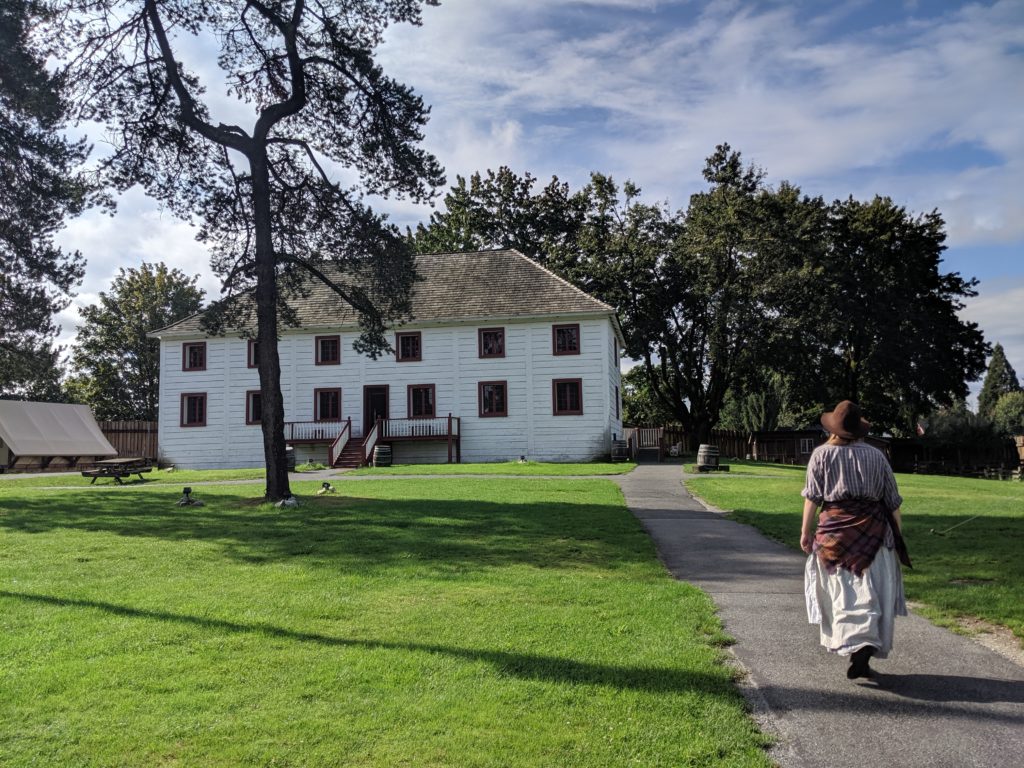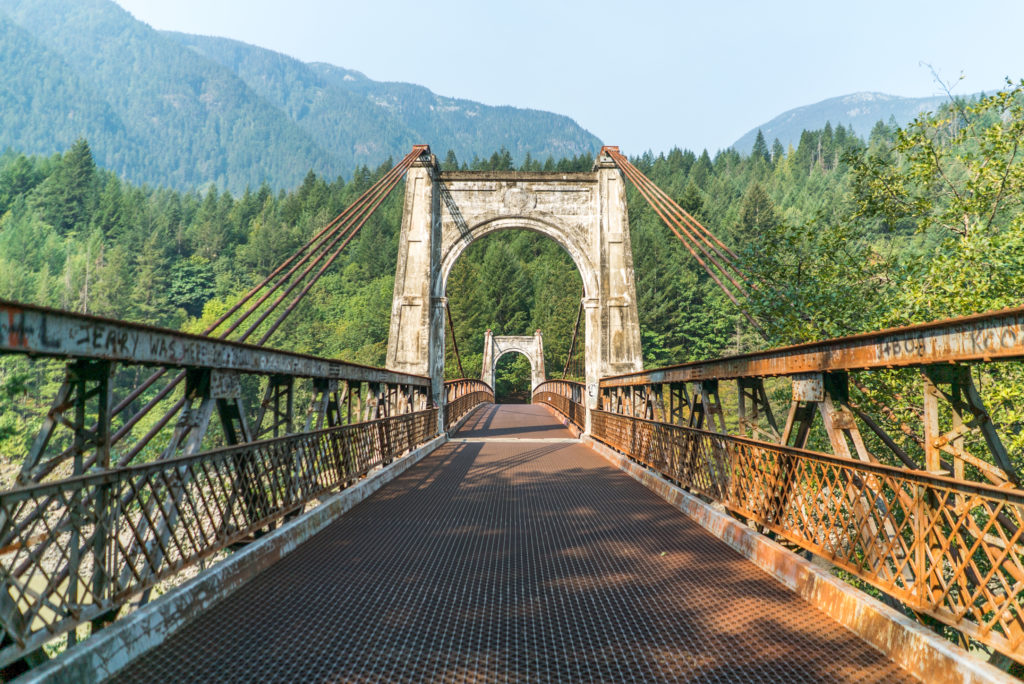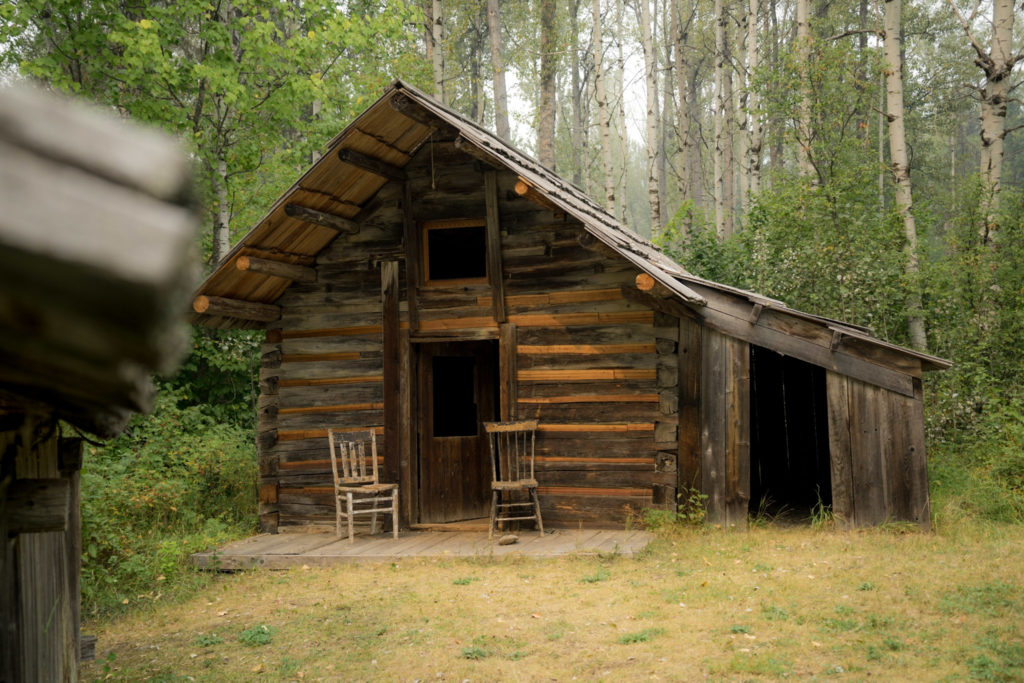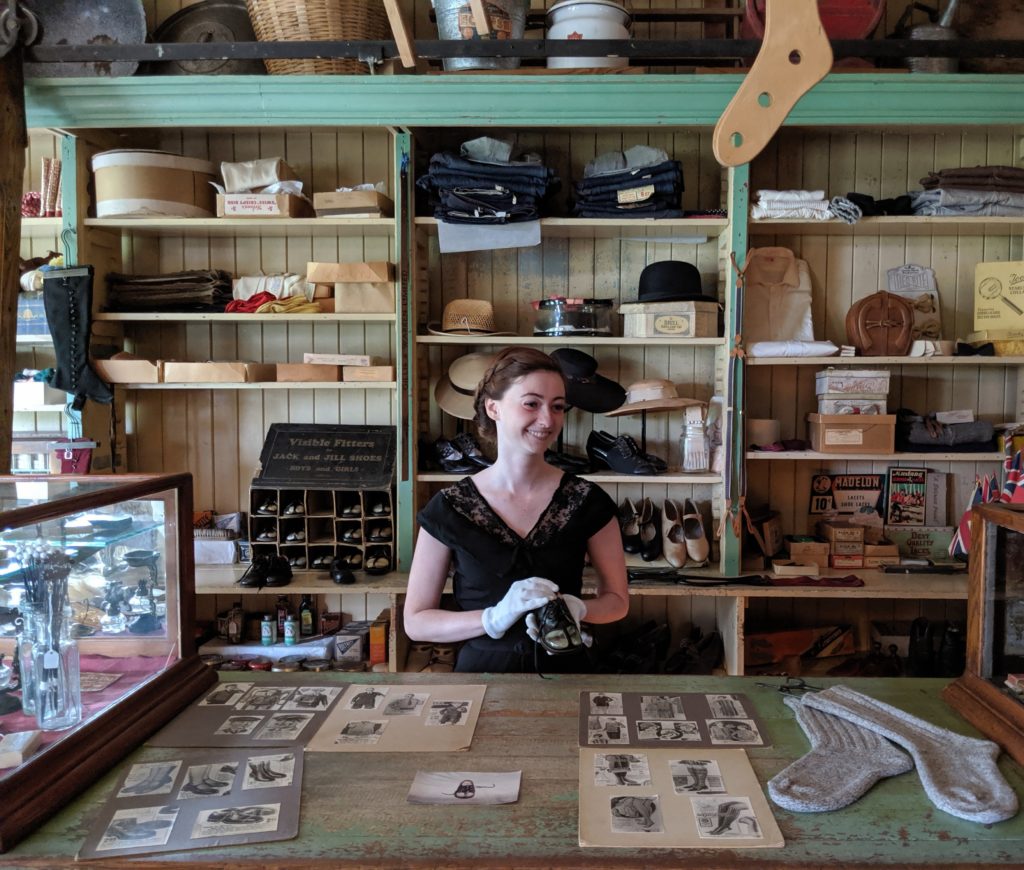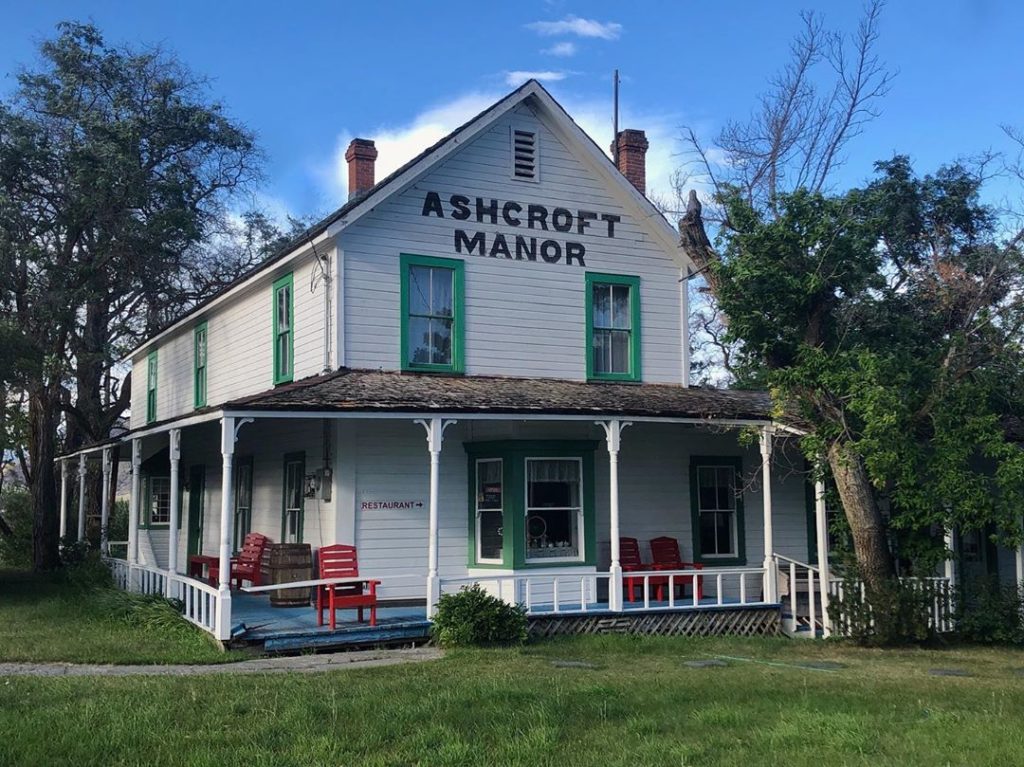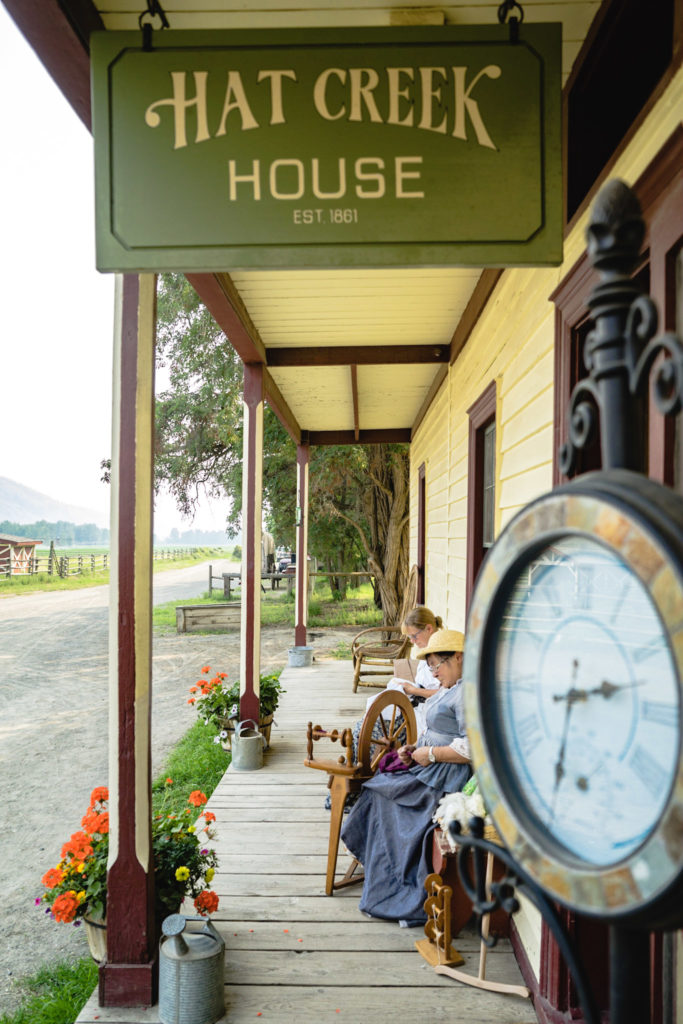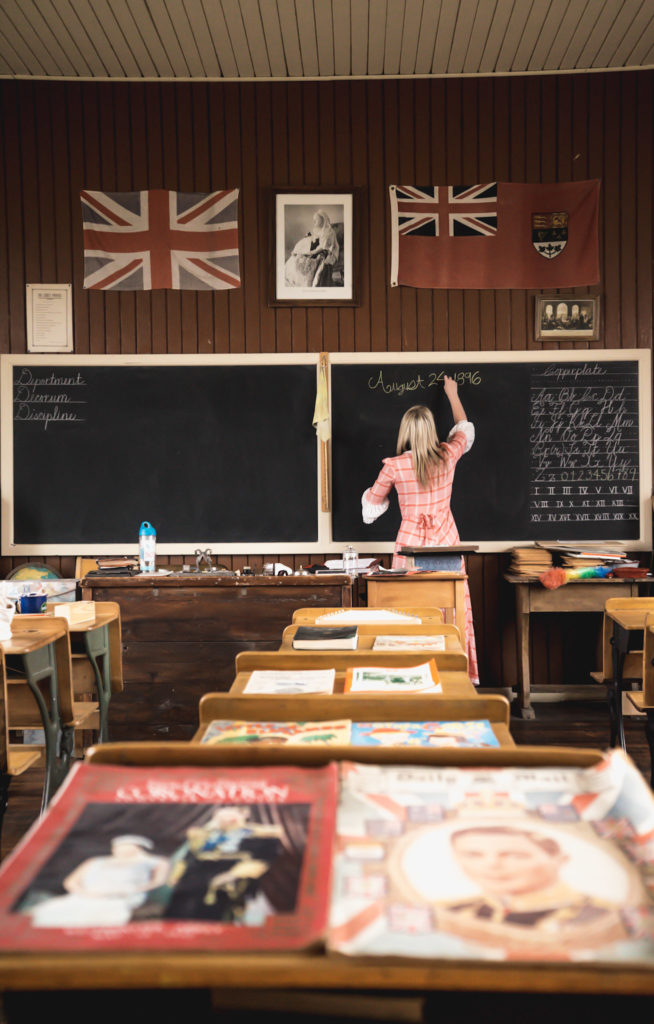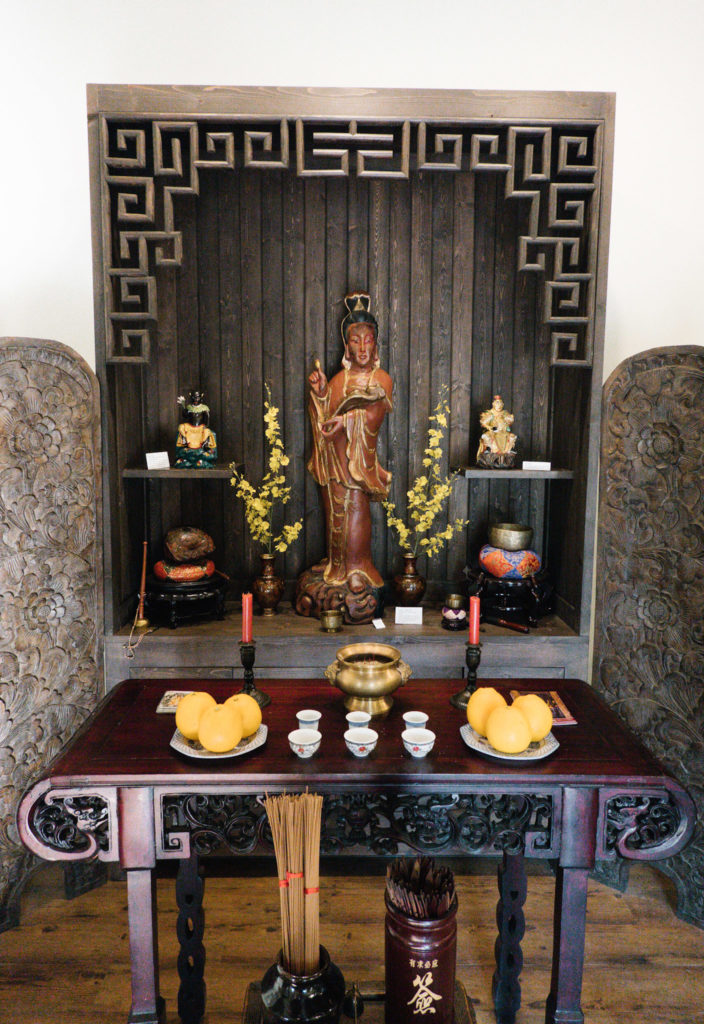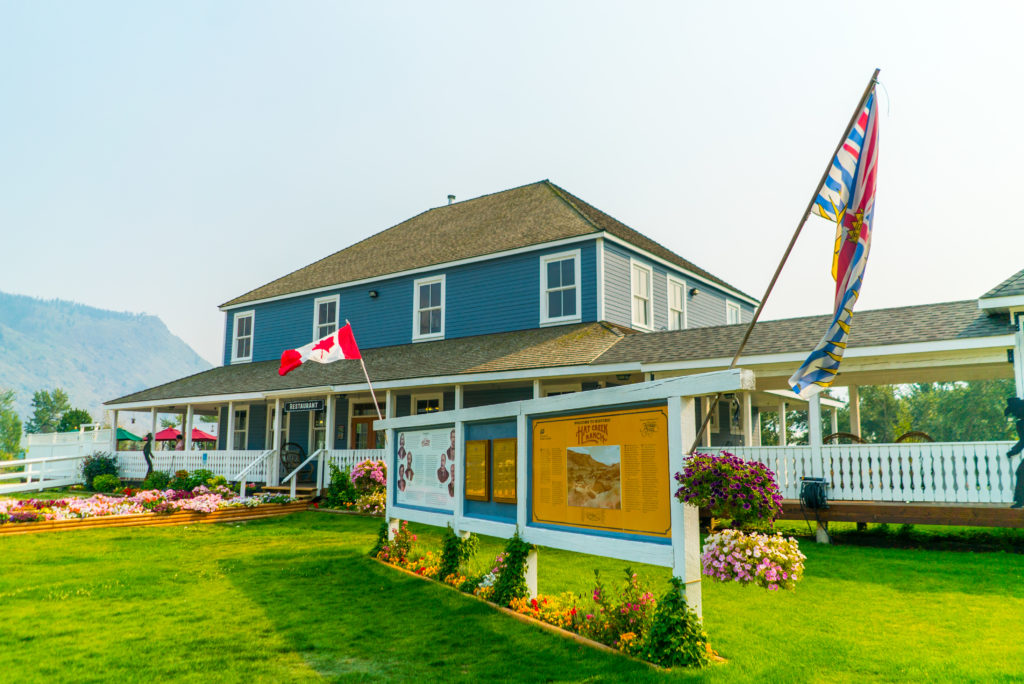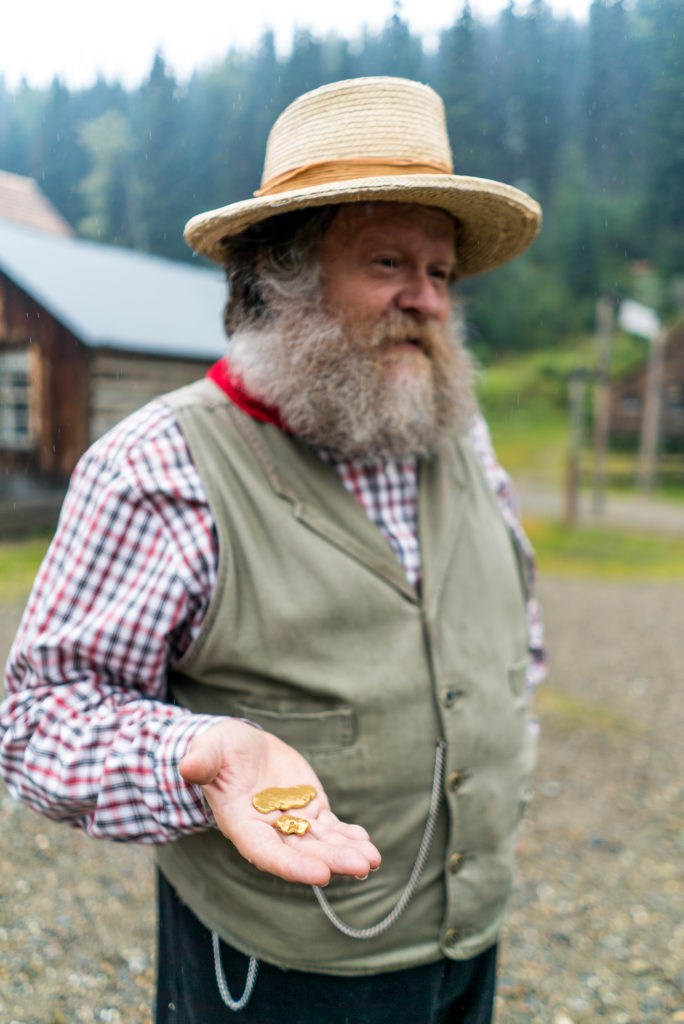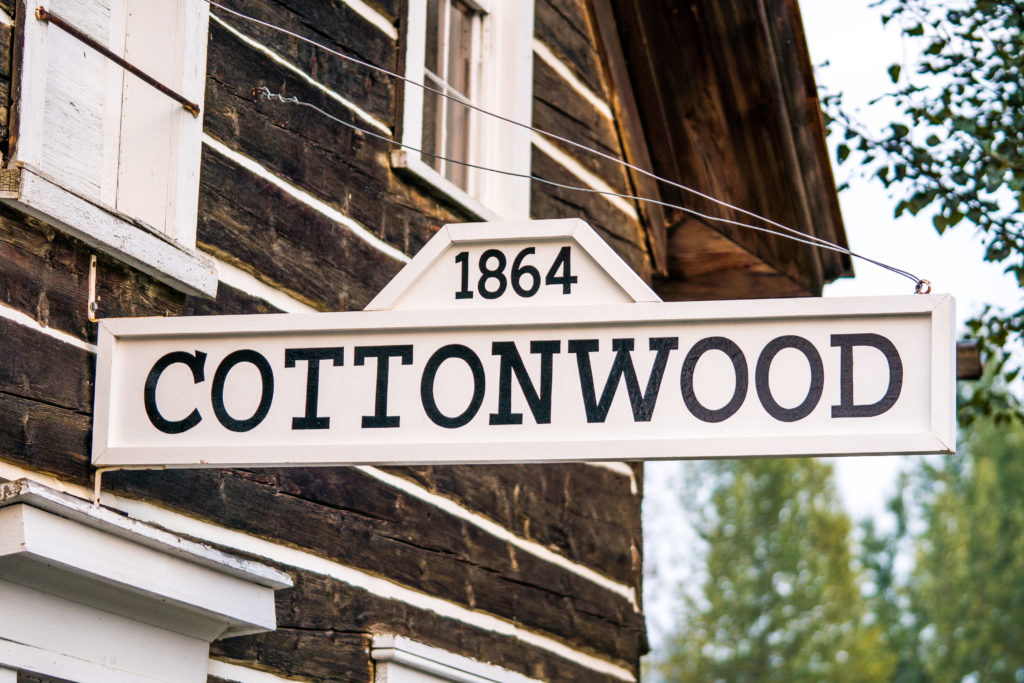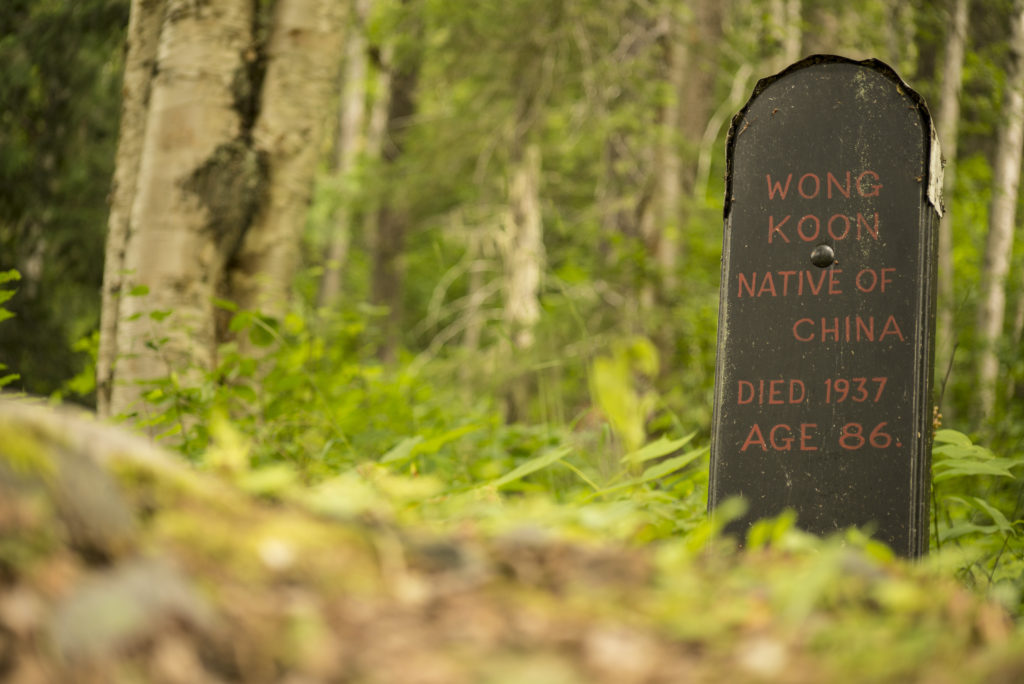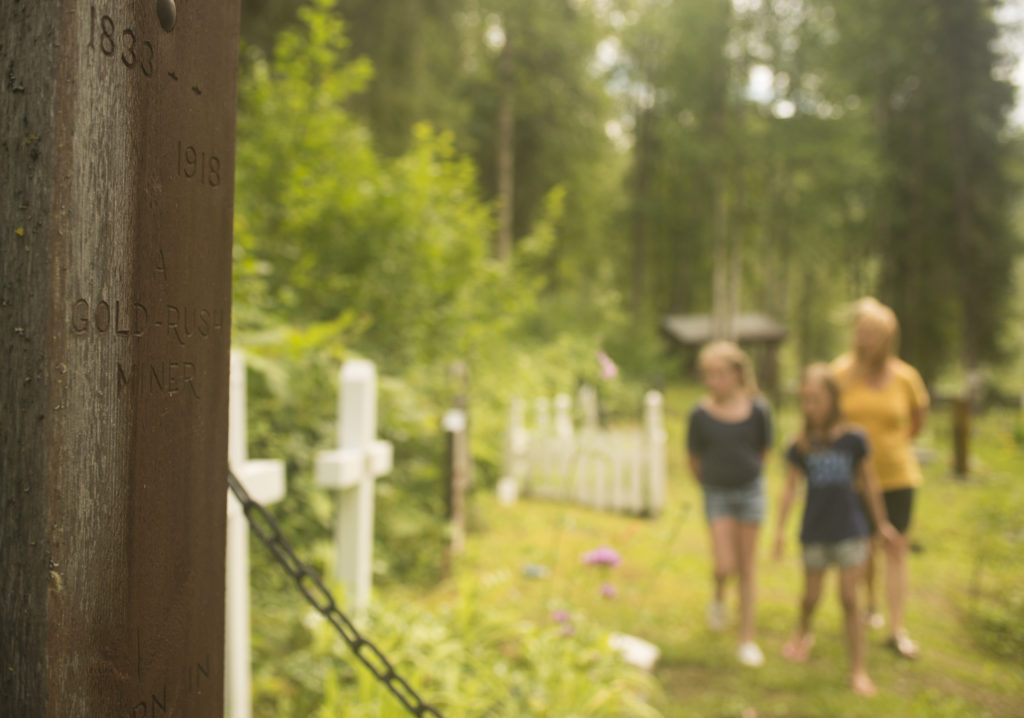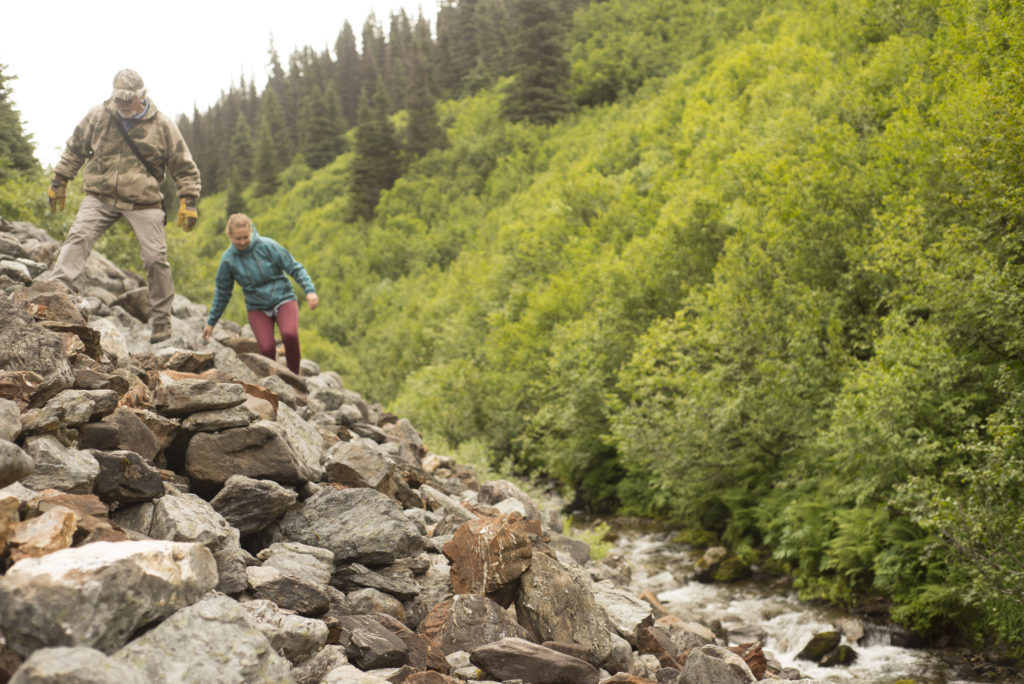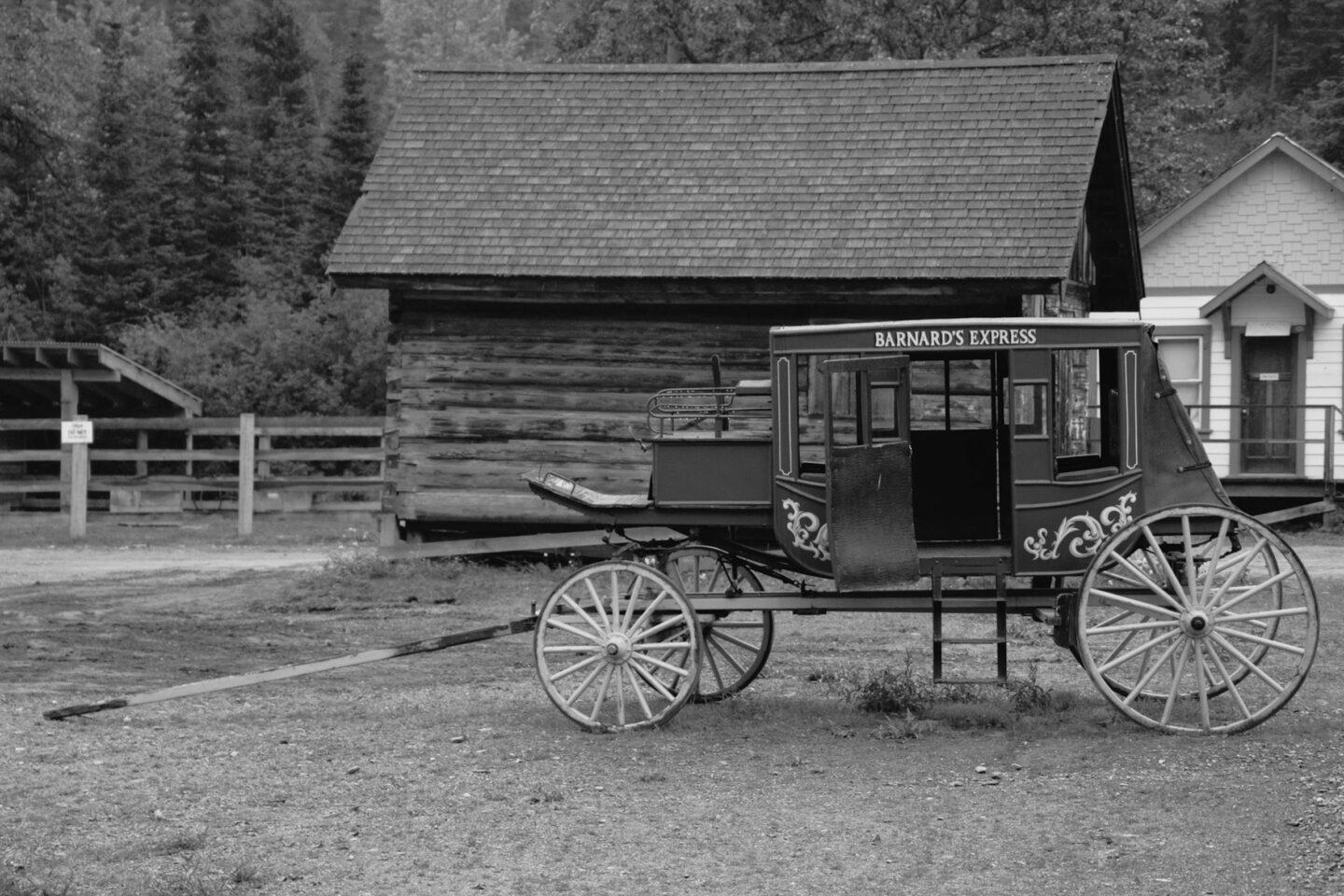The Gold Rush Trail is bursting at the seams with well-preserved historical and cultural experiences awaiting those with a curious spirit to come and rediscover the secrets of the past and the living culture of today.
In the Gold Rush Trail, nearly every section of your journey is filled with restored buildings, historical interpretations, museums, heritage sites, and glimpses into a lifestyle so vastly different from that which we enjoy today, as well as displays of the diversity of living Indigenous culture. Take a trip down memory lane and immerse yourself in the rich history of the region, one unbelievable historical site at a time, as if you’re experiencing the past firsthand.
Fort Langley and Kilby Historic Sites
Rising from the mist of the Fraser River, the walls of Fort Langley National Historic Site stand just as tall today. Discover the roots of this 1827 Hudson’s Bay Company fur trade post where British Columbia was proclaimed. As you enter the walls you will be transported back to what life was like during the 1800s Hudson’s Bay Company fur trading era where French-Canadian traders bartered with coastal First Nations for salmon, cranberries and beaver pelts.
For those looking to begin their historic immersion into the pioneering culture of northern BC, the perfect stop to whet your appetite is the Kilby Historic Site. Nestled near the meeting area of the Harrison and the Fraser Rivers, the Kilby site is a uniquely preserved section of BC’s history. In 1906, the general store located on-site first opened its doors and remained this way until 1977. Today you can wander through the store and enjoy 1920s interpreters decked out in their period clothing and discover an intriguing collection of products and store-items from the ’20s and ’30s. The geographic situation of the site itself called for some creativity from the original builders of the day. Due to the fact that the landscape is a natural floodplain, the houses and general store are all raised off the ground using stilts with a network of ramps and boardwalks to connect the small community.
Atop the General Store, visitors are welcome to explore hotel rooms that open the eyes of those who enter the life of a traveller in the early 20th century. There is history around every corner waiting to reveal its secrets and stories to anyone who is willing to listen.
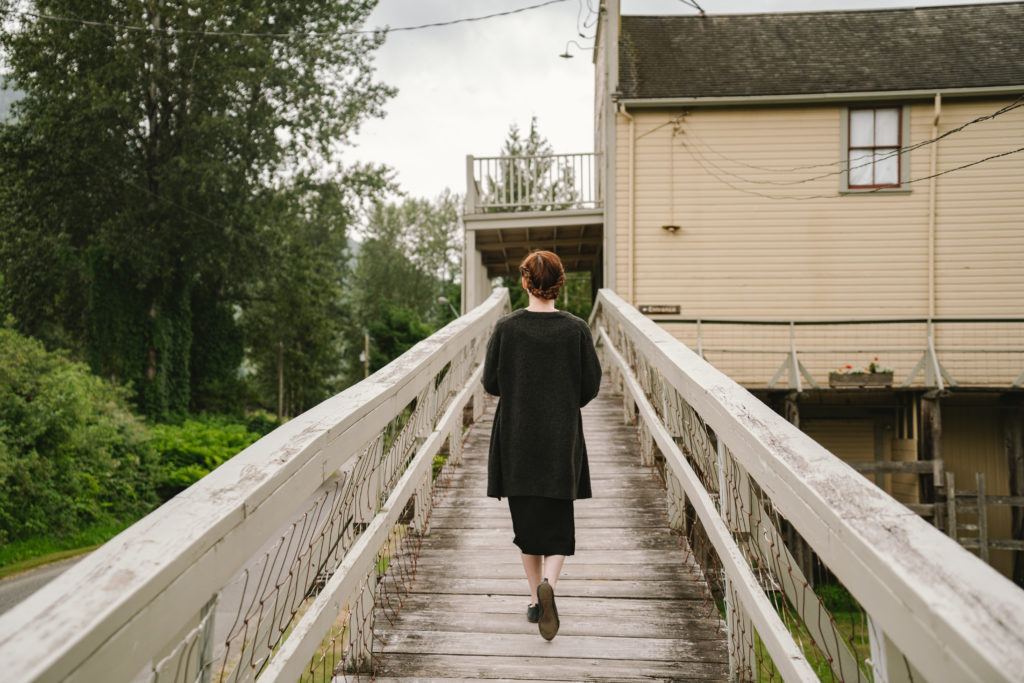
Further down the road, and further back in time, sits the Yale Historic Site. Once the largest city west of Chicago and north of San Francisco, this small townsite dates back to 1848 when it was first established as a Hudson’s Bay Company trading post. Meander around “tent city” and uncover all that it has to offer, from the general store and saloon to the Chinese Boarding and Bath House, then step into the 1863 St. John the Divine church, originally erected to ‘civilize [unruly] miners’. Spend the night in the Johnny Ward Guest House and enjoy a late morning cup of tea or a snack the next day at the Ward Tea House where you’ll be waited on by servers in period dress. After a good rest, continue exploring by stopping in at the 1870s Creighton House, now home to the historic sites museum and gift shop. Discover the history of the brave Chinese workers who were among the first to arrive in Yale by reading up on the On Lee Chinese Legacy Project, then conclude your visit at the Yale Pioneer Cemetery.
Bralorne Pioneer Museum & Halymore Heritage Site
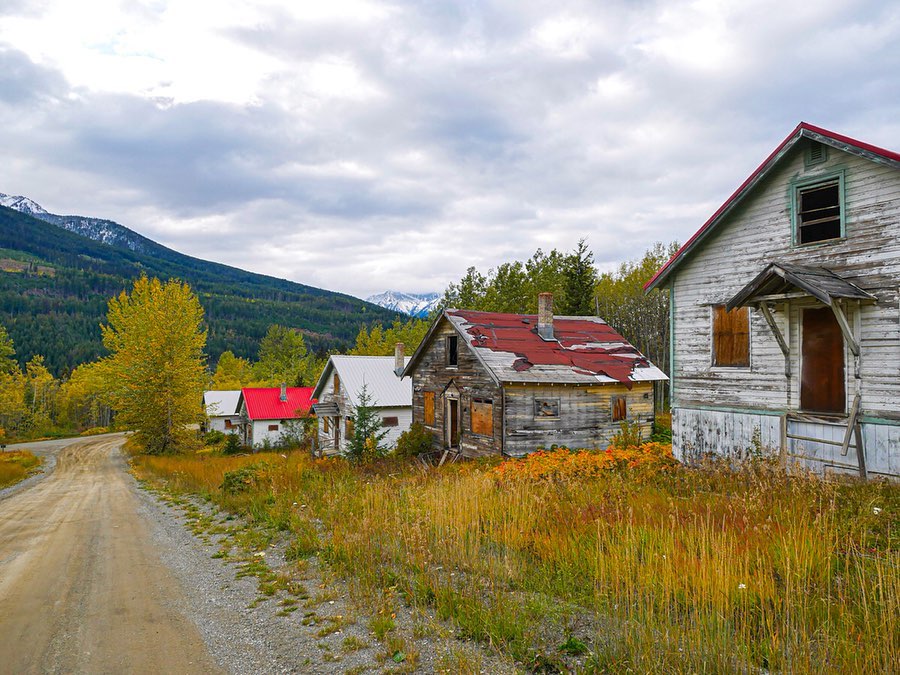
No better place than the Bridge River Valley to start your journey into the past and learn more about the museums and heritage sites of the Gold Rush Trail. Imagine yourself living in the communities of Gold Bridge and Bralorne as they sprang to life during the Great Depression with the opening of a large gold mine in 1932. This mine, the Bralorne Pioneer, became the richest gold mine in Canadian history, which prompted a boom in the area.
Continue your time travel and learn more about gold rush history at the sensational Bralorne Pioneer Museum. While in Gold Bridge, visit the Halymore Heritage Site, the original homesite of Will Haylmore, Deputy Mine Recorder during the Cariboo Gold Rush. At the site, you can enjoy the open-air location, pan for gold, sample homemade ice cream, or shop at the local artisan’s gallery for unique handmade wares.
Ashcroft Museum
As your timeline takes you to the charming Ashcroft, visit the Ashcroft Museum, considered one of the best museums located around the Gold Rush Trail. The museum’s collection includes artifacts that date back to the early 1900s. The displays honour the local Indigenous People, the Chinese community, and other pioneers of the area. If you are a history buff, this is a must-see. The museum is housed in the town’s 1917 red brick post office.
The Ashcroft Manor, located right on Highway 1, was a popular roadhouse that provided many services to the gold miners and freighters heading north to the Cariboo goldfields. The roadhouse served as the district’s first courthouse, where the cellar functioned as the jail. Today, you can visit this heritage site, teahouse, gift & antique store, and tour the grounds.
Historic Hat Creek

Historic Hat Creek is the next logical stop on your hunt for museums and heritage sites in the Gold Rush Trail, for travellers both then and now. The historic site is located on one of the few accessible parts of the original Cariboo Waggon Road, and the buildings remain standing in the same place as when they were first erected in 1901.
Enjoy a guided tour of the original roadhouse, led by interpreters in— you guessed it—period dress! Wander around the grounds, peek inside restored buildings and barns, or check out the Indigenous cultural exhibit. Pan for gold, watch a demo in the woodshop, make a nail with the blacksmith, and so much more. There is no shortage of culture, history, and entertainment at Historic Hat Creek.
Clinton Museum
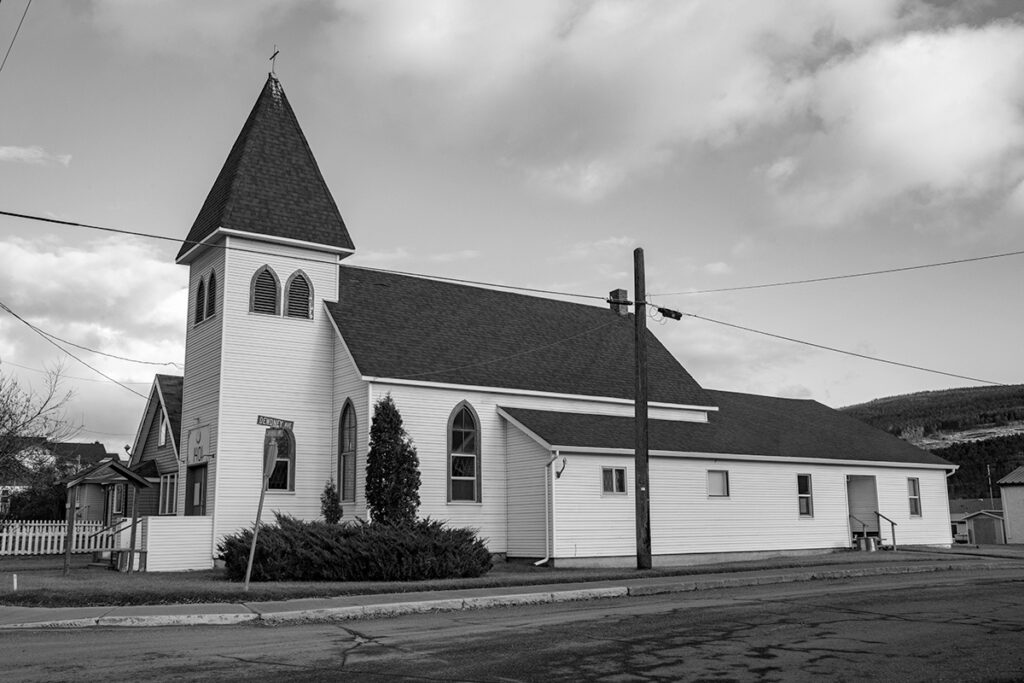
Just north of Historic Hat Creek, continuing on the Gold Rush Trail, Clinton still boasts some original buildings from its inception. The Clinton Museum is located in the original schoolhouse built in 1892 and offers an abundance of displays of local history, Indigenous culture, and memories of gold rush days, with the core focus on preserving the historical heritage of the South Cariboo and Clinton areas.
108 Mile House Heritage Site
A little further along the way on the Gold Rush Trail is the 108 Mile House Heritage Site. Functional from the mid-1800s to 1900s, this culture-infused heritage site and museum showcases multiple restored buildings, each with its own distinct story to tell.
A resting place for history, many significant buildings have been restored and moved to the site in an effort to preserve these buildings instead of allowing them to hide away and be forgotten in their original locations. Uncover the eerie secrets of the 108 roadhouse and decide for yourself whether you believe it or not, or learn more about what it meant to be a student in rural BC during the early 20th century. You’ll soon find out that Tiny Homes are not a new trend when you realize that the 12 by 14 foot trappers cabin was actually a family home during the frigid winter months.
150 Mile Schoolhouse
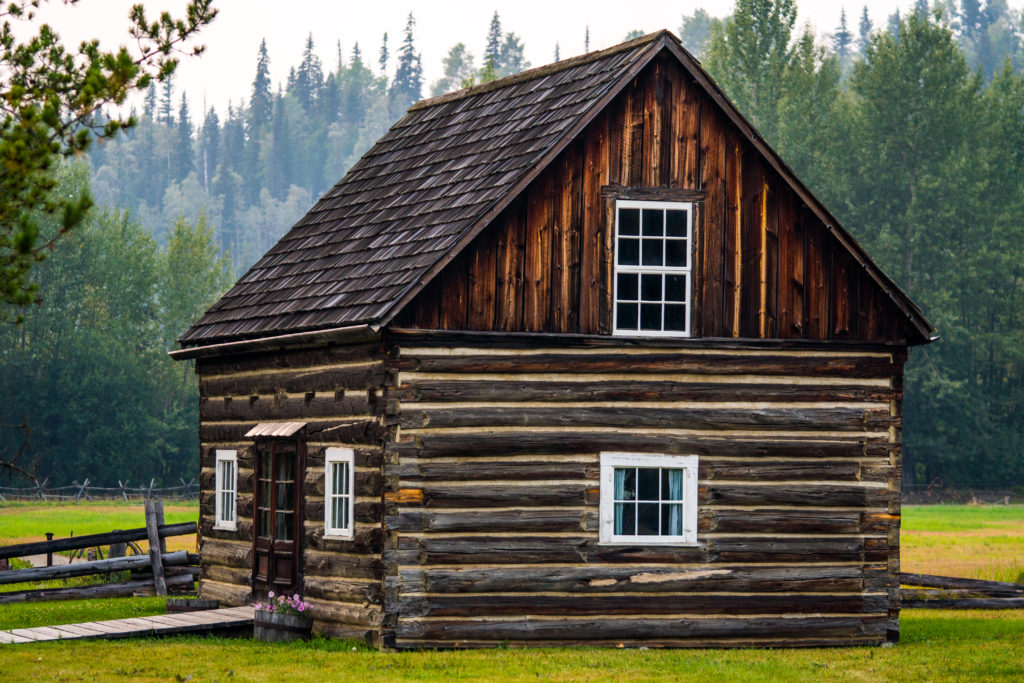
The 150 Mile Schoolhouse is the oldest functional school building in the Gold Rush Trail and in the whole of Cariboo Chilcotin. Constructed in 1895 beside the original Cariboo Waggon Road when 150 Mile House was still a thriving hub of commerce, transportation, and governance in the area, the schoolhouse stands as a testament to the region’s history. Today, you can visit the schoolhouse during the summer months, and it’s certainly a highlight among the museums and heritage sites located in the region.
Likely & Horsefly Museums
From 150 Mile House, you can continue on the Gold Rush Trail to Likely and Horsefly, which both have informative and quaint museums and heritage sites called the Cedar City Museum and the Horsefly Museum respectively. When in the area, you must stop and visit Quesnelle Forks, a hauntingly striking ghost town accessible to the public by a dirt road from Likely, just 9 km/5.5 mi away.
Visitors can explore original log cabins and a heritage graveyard, remnants of late 1800s residents. This area, once a bustling gold rush camp with over 5,000 residents, declined after the completion of the Cariboo Wagon Road in 1865. However, a thriving Chinese community temporarily sustained the mining activities. For a deeper dive into gold mining history, visit the Bullion Pit, the world’s largest hydraulic placer mine, located about 5 km/3.1 mi north of Likely on Likely Rd, operating from the 1870s to 1942.
Museum of the Cariboo Chilcotin & More
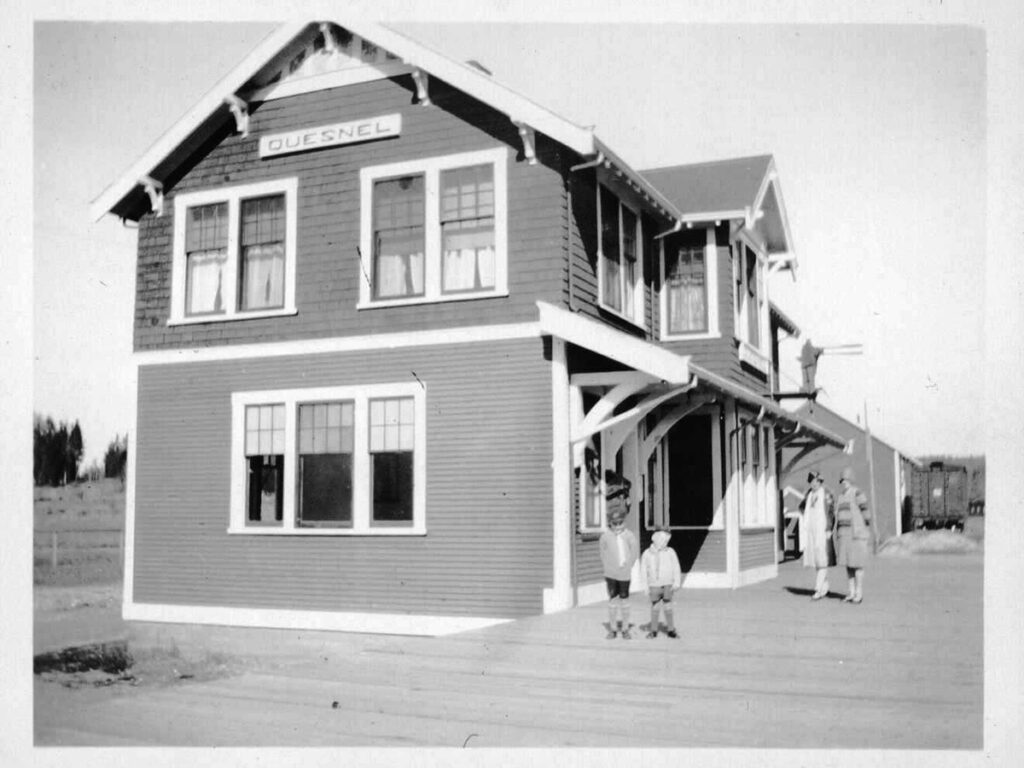
A must-stop on the Gold Rush Trail and in your pursuit of museums and heritage sites, Williams Lake is home to a magnificent log Tourism Discovery Centre, the Museum of the Cariboo Chilcotin, and the B.C. Cowboy Hall of Fame. Stop in at the Quesnel & District Museum and Archives, which houses a rare collection of artifacts and celebrates Quesnel’s history with a First Nations Exhibit and imagery. Grab a historical walking tour booklet while you are there and follow in the footsteps of our ancestors to discover the unique history of Quesnel.
Cottonwood Historic House
The next stop in the pursuit of history, museums, and heritage sites along the Gold Rush Trail is the Cottonwood Historic House. One of a handful of remaining roadhouses in British Columbia, this 1860s structure was erected to offer meals, provisions, and accommodation to miners on their taxing journey. Hang around and absorb the rich culture and history in Cottonwood before heading out on the final leg of your journey to Barkerville Historic Town & Park.
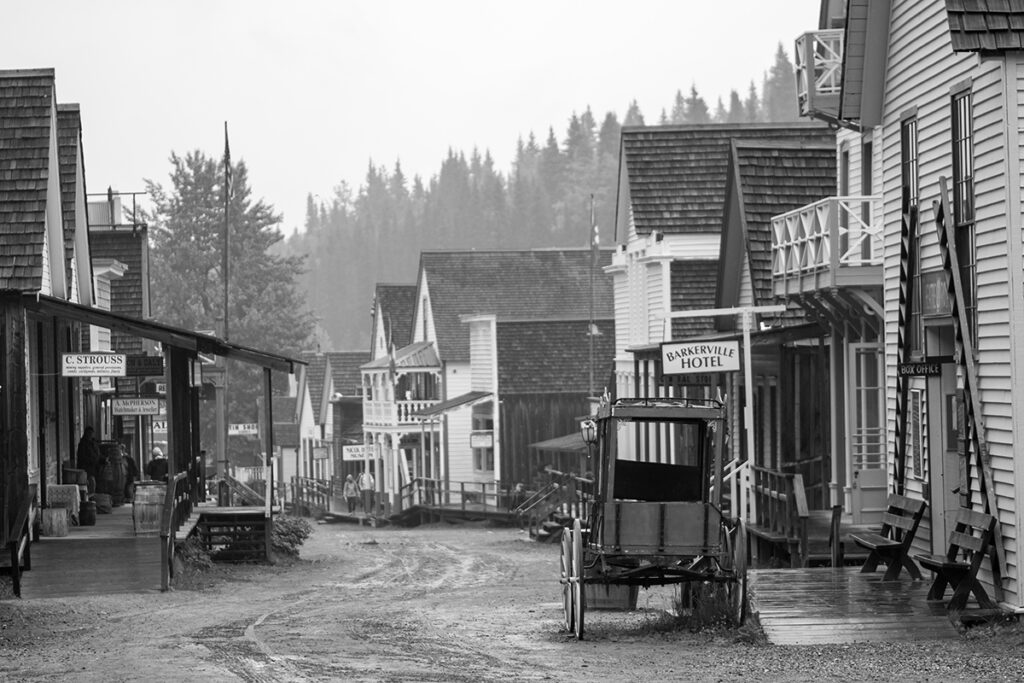
Barkerville Historic Town & Park
Barkerville Historic Town & Park offers an authentic, unique, world-class heritage experience, renowned for Billy Barker’s legendary gold strike on Williams Creek, which sparked a multi-billion dollar industrial revolution that literally shaped a province. Today, Barkerville stands as a living testament to BC’s golden beginnings, with its extraordinary historic town boasting more than 125 heritage buildings, period displays, satellite museums, restaurants, and shops. This absolute gem of the Gold Rush Trail continues to offer endless exploration opportunities.
The Gold Rush Trail is a paradise not only for outdoor enthusiasts but also for history buffs and those seeking a deeply enriching journey through the past and culture. It offers a profound opportunity to understand more about a region that has intrigued countless people for decades.
